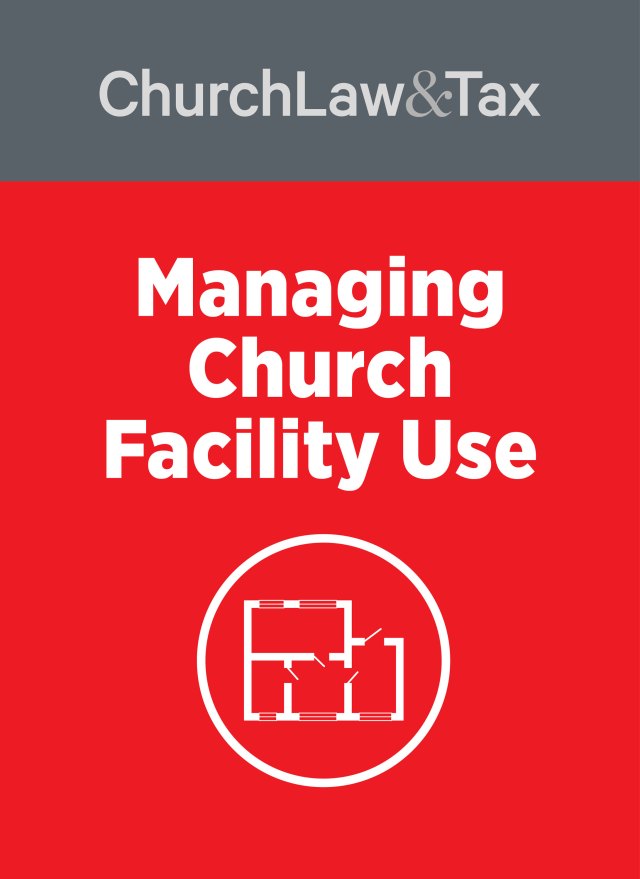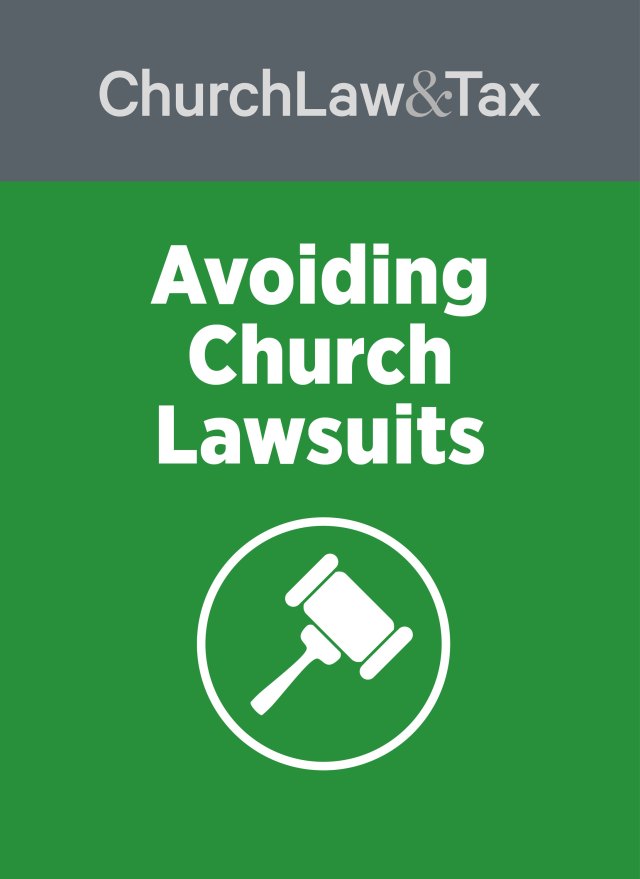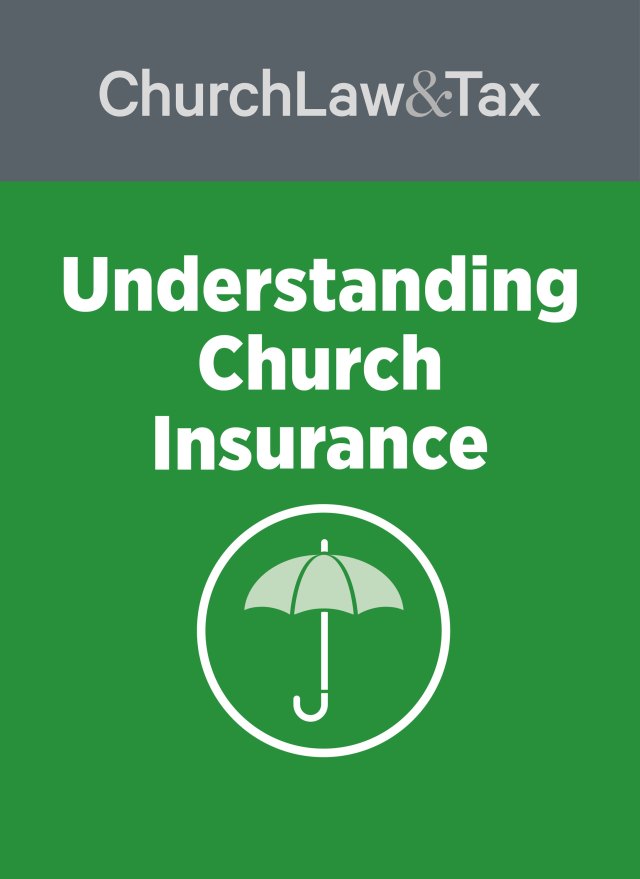Older adults have a wealth of spiritual gifts, experience, and wisdom to offer others, but physical barriers or poor health can restrict them from participating in church activities. Senior citizens’ greatest frustrations with sanctuaries, arenas, and other facilities that accommodate large crowds are often related to a lack of accessible seating, the need to negotiate stairs, and even the distance from the entrance to the seating. Here are some ideas you can use to improve your ministry’s accessibility and responsiveness to seniors’ safety needs.
Removing Obstacles to Involvement
- Ramp it up. Adding sturdy ramps at entrances with stairs improve access not only for wheelchair users, but also for people who have arthritis or who use walkers, crutches, or canes. Moms using strollers find them invaluable, as well.
- Cut the curb. Removing a curb and adding a depressed sidewalk can be accomplished by removing a four-foot section and replacing it with a ramp.
- Keep rails handy. It’s inexpensive to add handrails to the steps leading to the worship center platform, and it vastly improves safety. Take a few extra minutes each month to make sure the handrails on all stairs and ramps are firmly attached and splinter-free.
- Give chairs a lift. A portable mechanical lift can help people in wheelchairs get up stairs without a costly elevator.
Improving Safety During Church Activities
- Have medics on hand. Ask volunteers with medical experience to be present during worship services and senior adult activities at the church.
- Take a look at your floors. Simply switching to a non-slip wax can make bare floors less slippery. Stretching or replacing lumpy carpeting reduces tripping hazards.
- Mop up spills. Dry wet floors as soon as possible. Whether it’s melting snow or spilled coffee, liquid of any kind on the floor increases the risk of slip-and-fall accidents.
- Know how to help. Identify which senior adults may need special attention during an evacuation or medical emergency, and learn how to help them survive.




